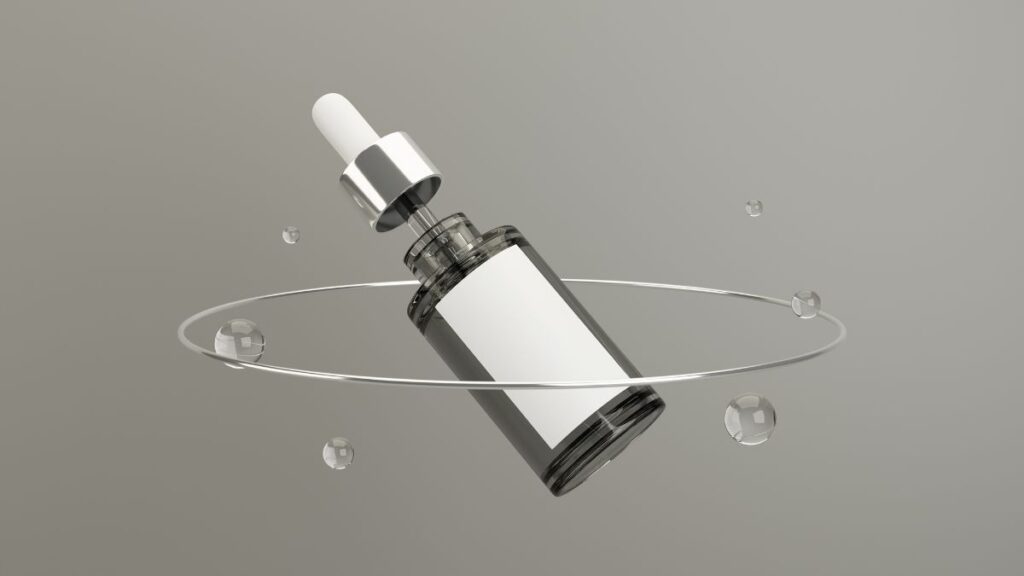SARMs: The Hottest New Muscle-Building Drug – Here’s What You Need to Know

Table of Contents
What Are SARMs? Unpacking the New Muscle Phenomenon
Understanding SARMs
SARMs, or Selective Androgen Receptor Modulators, have emerged as a powerful new option for those looking to boost muscle growth and performance. Unlike traditional steroids, SARMs are designed to target muscle and bone tissues specifically, which has made them a popular alternative for fitness enthusiasts who want the benefits of steroids without the severe side effects.
How Do SARMs Work?
SARMs work by binding to androgen receptors in the body, similar to how steroids function. However, the key difference lies in their tissue-selective nature, meaning they primarily focus on muscles and bones, avoiding other areas like the liver and prostate. This selectivity is why SARMs are often marketed as a safer alternative to anabolic steroids.
Popular SARMs on the Market
- Ostarine (MK-2866): Known for its effectiveness in increasing lean muscle mass and enhancing athletic performance.
- Andarine (S4): Favored for cutting cycles, helping users to reduce fat while maintaining muscle mass.
- Ligandrol (LGD-4033): Highly regarded for its ability to significantly increase muscle strength and size.
SARMs vs. Steroids: What Sets Them Apart?
Mechanisms of Action
Both SARMs and steroids bind to androgen receptors to stimulate muscle growth, but the effects on the body are quite different. Steroids convert to DHT (Dihydrotestosterone), which binds strongly to androgen receptors in various tissues, often leading to unwanted side effects like hair loss, prostate enlargement, and acne. SARMs, on the other hand, are designed to avoid conversion to DHT, reducing the risk of these side effects.
How They’re Taken
- Steroids: Usually administered through injections, which can be painful and pose a risk of infection.
- SARMs: Typically taken orally, making them a more convenient and less invasive option.
Potential Side Effects of SARMs
While SARMs are promoted as a safer alternative to steroids, they are not without risks. Some reported side effects include:
- High Blood Pressure
- Mood Swings
- Visual Disturbances: Users of Andarine often report a yellow or green tint in their vision.
- Testicular Shrinkage: Prolonged use of SARMs can suppress natural testosterone production, leading to smaller testicles.
The Legal Landscape: Are SARMs Safe to Buy?
Current Legal Status in Australia
In Australia, SARMs are unregulated and often sold under the guise of “research chemicals.” This legal loophole allows them to be marketed and sold online, but it also means that their safety and quality are not assured. Consumers should be aware that purchasing unregulated products carries significant risks, including the possibility of contamination or mislabeling.
Regulatory Concerns
Although SARMs are widely available, there are growing concerns about their safety. Regulatory bodies, including Australia’s Therapeutic Goods Administration (TGA), have not yet approved SARMs for human use, and there is ongoing debate about how they should be controlled. The lack of regulation means that users are often left to navigate a market where product quality and safety are far from guaranteed.
The Origins of SARMs: A Serendipitous Discovery
How SARMs Were Discovered
SARMs were first discovered in the early 1990s by Professor James T Dalton, who was researching treatments for prostate cancer. The first SARM, Andarine, was found to significantly boost muscle growth, although it was not effective in treating cancer. This unexpected discovery shifted the focus of research toward developing SARMs as muscle-building agents.
The Rise in Popularity
Over the last decade, SARMs have gained significant traction in the fitness community. With promises of steroid-like results but fewer side effects, many athletes and bodybuilders have turned to SARMs as a way to enhance their performance. Despite their popularity, the lack of regulation and comprehensive research means that the long-term effects of SARMs are still largely unknown.
Are SARMs Worth the Risk? A Closer Look
Balancing Benefits and Risks
While SARMs offer the potential for significant muscle growth and improved athletic performance, the associated risks cannot be ignored. The lack of regulatory oversight means that products may be mislabeled or contaminated, and the long-term health implications are not yet fully understood.
Conclusion: Proceed with Caution
SARMs are often touted as a safer alternative to steroids, but their unregulated status and potential for serious side effects make them a risky choice. For those considering SARMs, it’s crucial to weigh the potential muscle-building benefits against the significant unknowns and health risks. As with any supplement, doing thorough research and consulting with a healthcare professional is advised.
Disclaimer: Vicorpus does not endorse or promote the use of Sarms or Peptides for human consumption. Our blog posts are intended for informational purposes only and address common inquiries found on various forums. The sale of Sarms and Peptides is strictly limited to researchers for scientific and research purposes.
Share This Post
More To Explore
Commonly Asked Questions
Subscribe to our emailing list to receive our latest news, articles and promotions. You may unsubscribe at any time.

Privacy Policy Shipping Refund & Returns Terms & Conditions
Copyright © 2023 VI Corpus. All rights reserved

